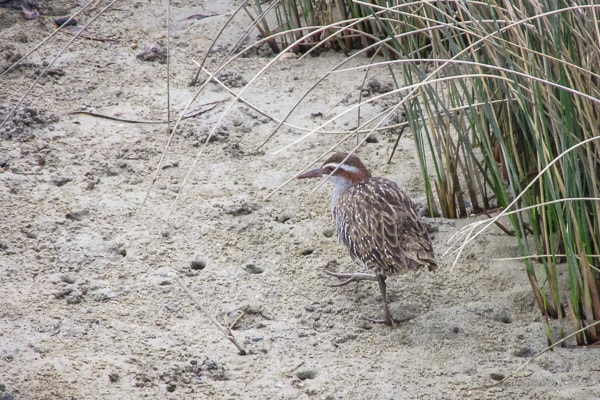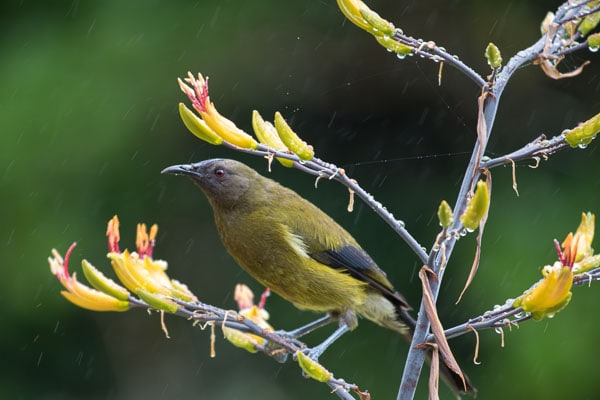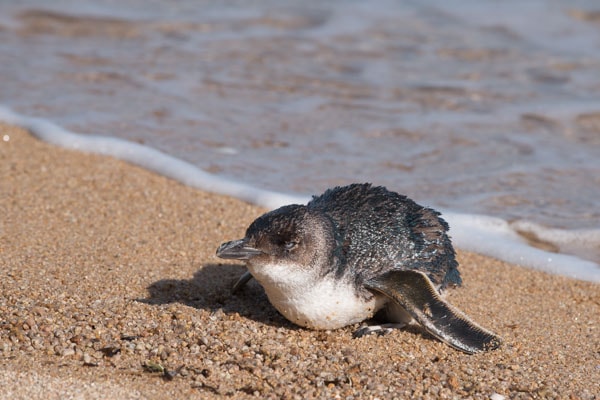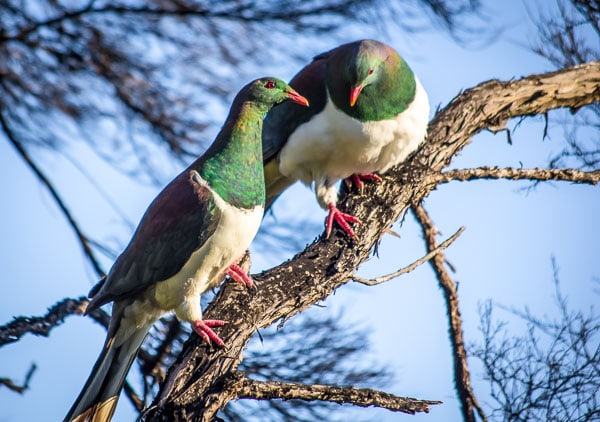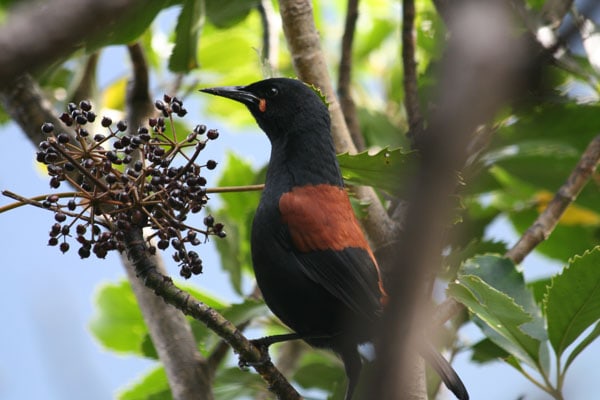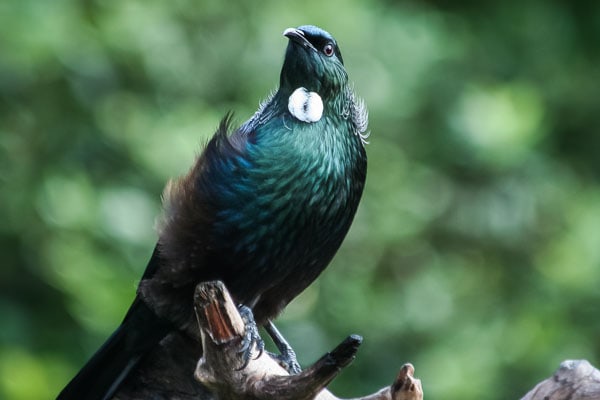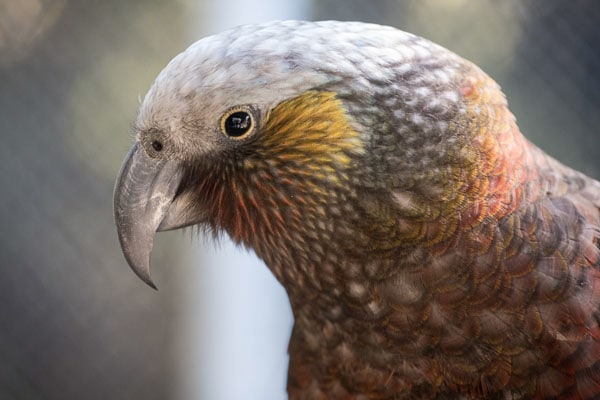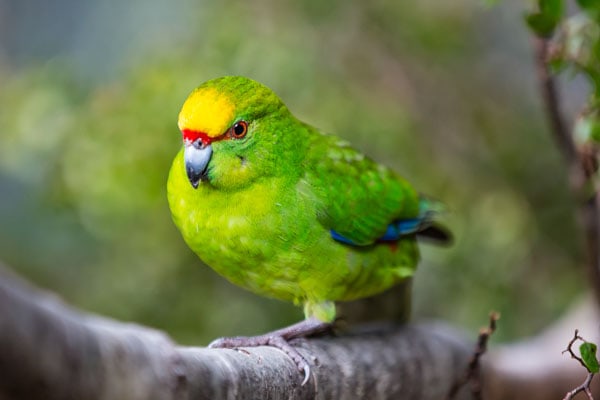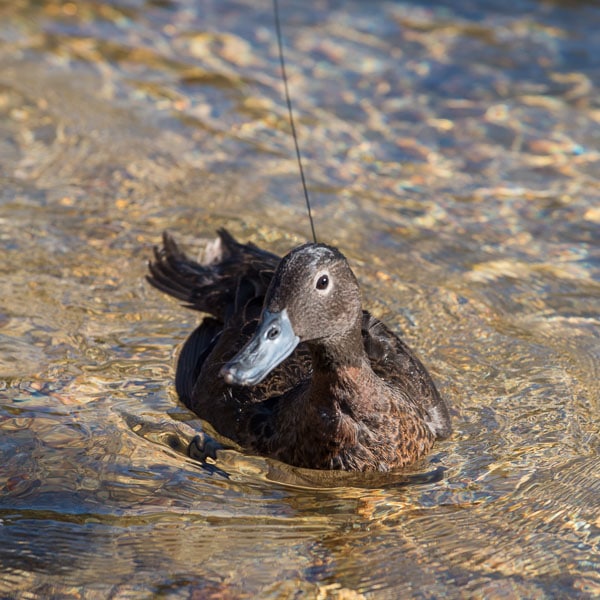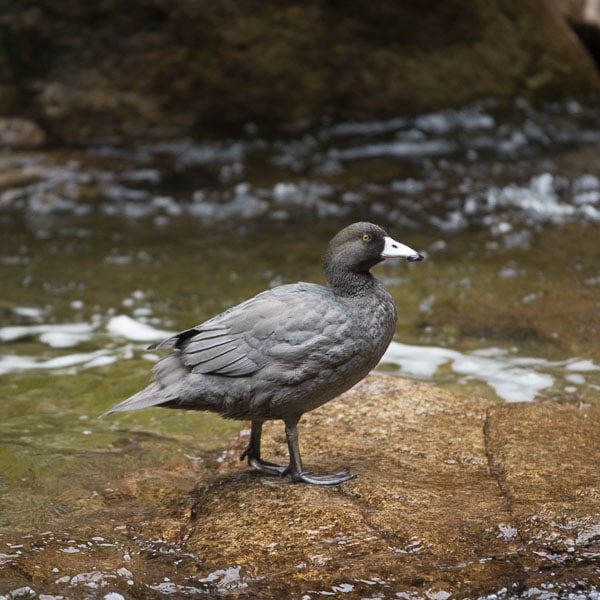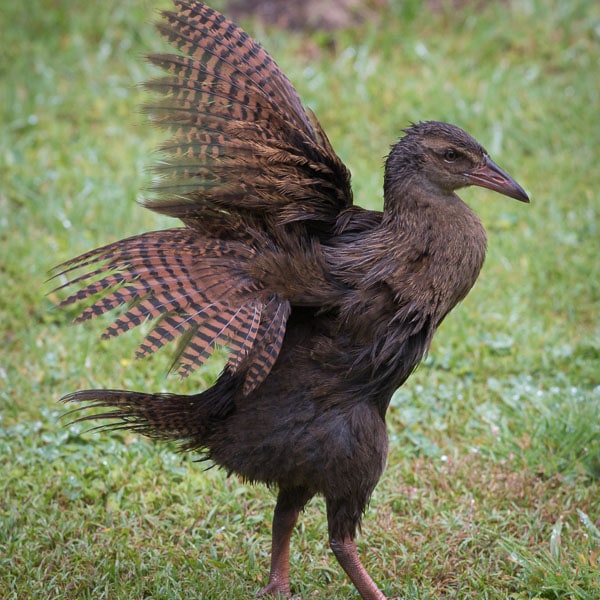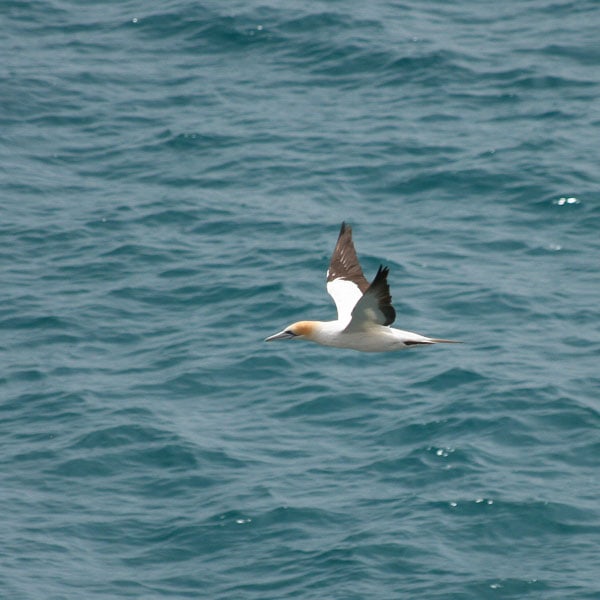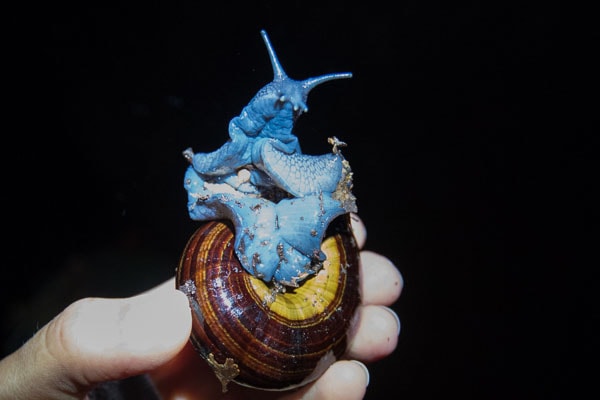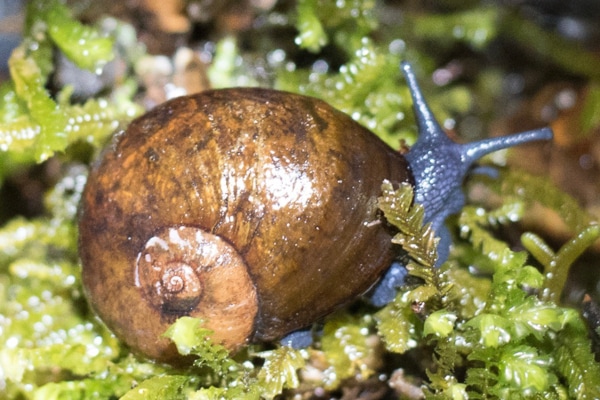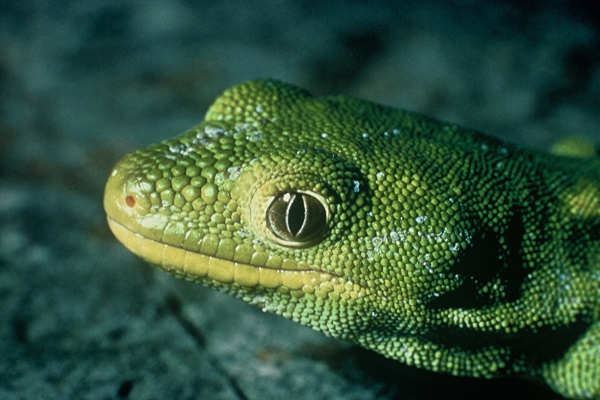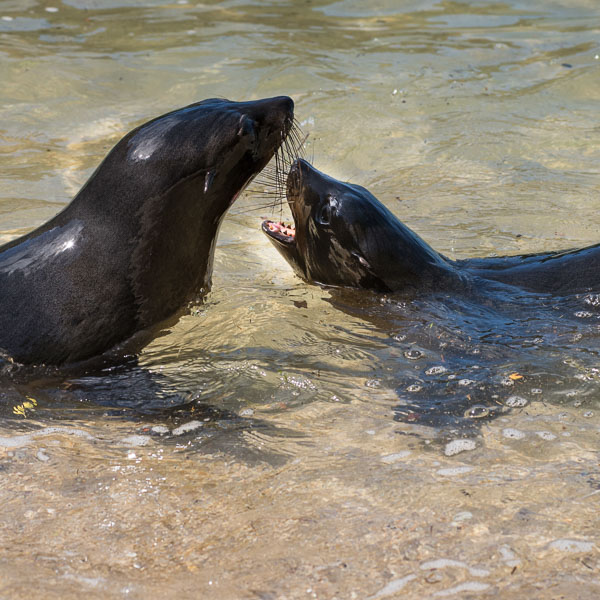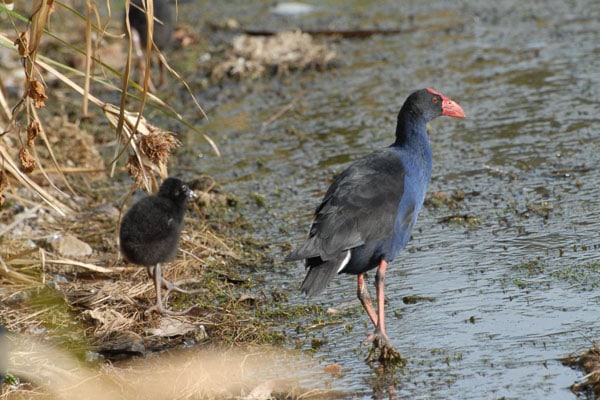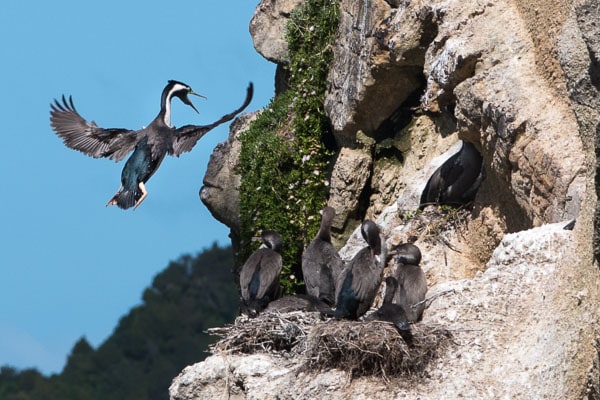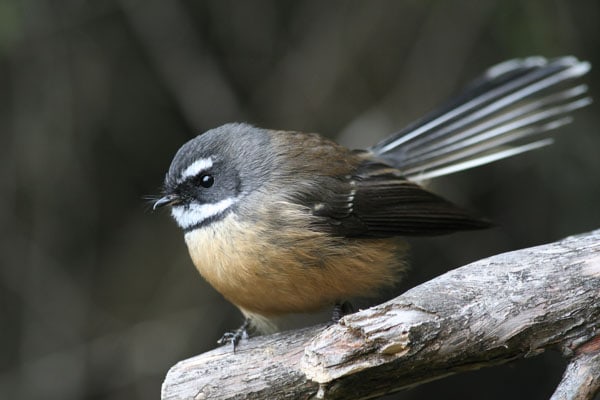
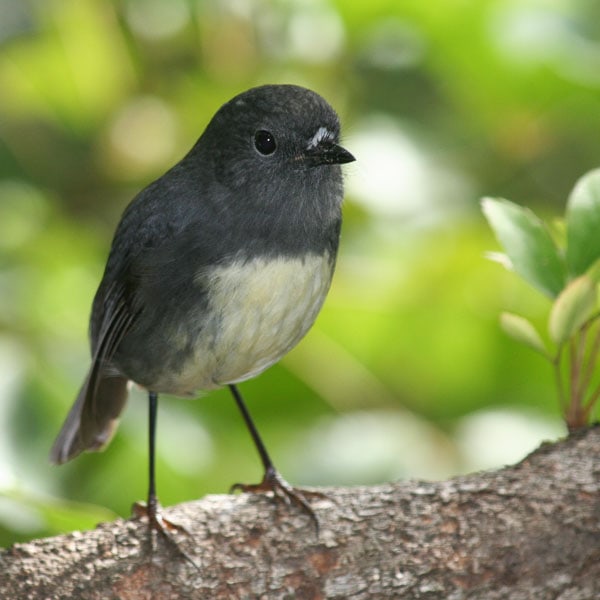
Robin / Kakaruai or toutouwai
The robin or kakaruai / toutouwai is a friendly bird, often coming to within a couple of metres of people. They like to get close as they’re interested in the invertebrates we scuff up in the leaf litter n- their favourite food.
New Zealand bush robins aren’t related to the UK robin, but they are part of a group also found in Australia and New Guinea. They are related to the tomtit but slightly bigger with longer legs. The body shape and the dark plumage with pale breast are common to both of these species from the genus Petroica. Two species of robin are recognised, one in the North Island and one in the South.
Like the tomtit, you may first become aware of the presence of robins from the loud, strident territory song that can be heard for much of the year. Males, and in particular bachelors, can be very vocal.
New Zealand robins are relatively long-lived, surviving up to 14 years where few or no introduced predators exist. However, their habit of nesting close to the ground and in crevices or niches make them vulnerable.
Around 30 years ago they were common along the Abel Tasman coast but introduced predators, especially rats, forced them to migrate to the higher, inland areas of the park, where rats find it harder to survive. They are often seen at Evans Ridge, upper Wainui Valley and Harwoods Hole.
But thanks to predator control robins and other small forest birds are making a comeback on the coast, as the lowland areas of the park are now safer. They are also thriving on predator free Motuareronui Adele Island.
Listen to the birdsong from Motuareronui Adele Island live.
In January 2025 a Report a Robin campaign was launched. Visitors who see robin are asked to report sightings through the Abel Tasman Phone App.
Or via the website link below.
Have you seen a Robin? Click here to report a sighting!
Bird calls courtesy of NZ birds online


